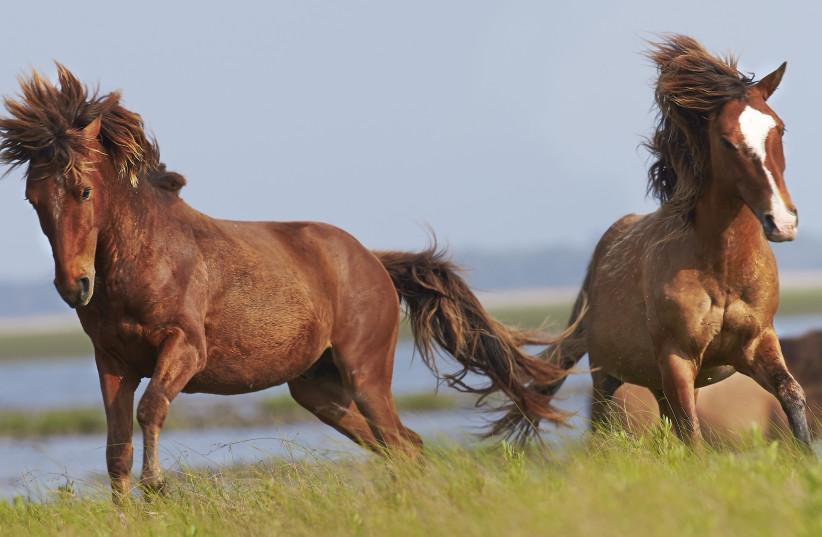The prehistoric ancestors of our modern horses once galloped across the landscape on multiple toes, each with their own hoof - but nowadays, of course, these toes are nowhere to be seen.
Despite a recent hypothesis that part of these digits was retained in the horses' foot, a peer-reviewed study published by a research team from the UK, US, and the Netherlands in the journal Royal Society Open Science on June 21 contradicts this theory.
The conventional science on the ancestry of modern horses considers the changes in their foot to be the result of evolutionary processes.
The scientists, however, came to the conclusion that there is no evidence that anatomical parts of the toe digits were retained and that the frog - the soft v-shaped part on the bottom of the foot - was part of much of equid evolutionary history and thus didn't evolve out of two of the digits.
"The frog of the horse's hoof evolved independently of the side toes as a unique structure providing shock absorption and traction during locomotion," explains lead author Alan Vincelette, a biologist from St. John's Seminary, Camarillo in the US.

Analyzing fossils to understand modern horses
The researchers reached these conclusions by analyzing the fossil records of perissodactyl, meaning odd-toed hooved, animals and compared them with modern horse hoof prints, focusing on the details of their foot bones.
"In later fossil horses there were only three toes front and back," says vertebrate paleontologist Christine Janis from the University of Bristol in the UK. "The extra toes, known as side toes, in these horses, were smaller and shorter than in a tapir, and likely did not touch the ground under normal circumstances, but they may have provided support in exceptional situations, such as sliding or forceful impact."
"The upper portions – the remains of the additional hand and foot bones – remain as 'splint bones' fused with the remaining central one," Janis adds, "but where are the fingers and toes?"
"While the notion that modern horses have retained all of their original toes as within-hoof remnants is a novel one, and so rather appealing, it can be shown to be incorrect," concludes Janis.
In addition to horses, modern perissodactyls include asses and zebras, and also tapirs, who retained all of their toes, and rhinos, who have lost one toe on their forefoot and now only have three left.
